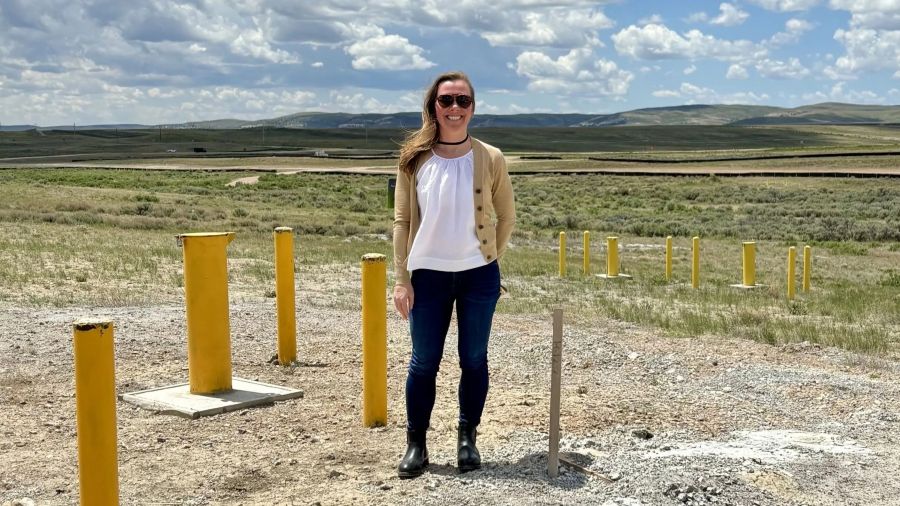Department of Energy and National Science Foundation Release FY20 Budget Requests
Department of Energy and National Science Foundation Release FY20 Budget Requests
Following last week’s release of the President’s topline budget request, the Department of Energy (DOE) released more detailed FY2020 budget request information this week. Additional details on federal agency spending plans are expected next week.
The President’s requests for DOE totals $31.7 billion (B), a $3.9B decrease (-11 percent) from the FY19 appropriated amount of $35.6B. The request includes $5.5B to the DOE Office of Science, a $1B (-15 percent) from last year’s $6.5B. The budget allocates the following amounts to Office of Science programs:
- $1.9B for Basic Energy Sciences (BES), $308 million (M) below the FY 2019 enacted level;
- $921M for Advanced Scientific Computing Research (ASCR), $15M below the FY 2019;
- $494M for Biological and Environmental Research (BER), $211M below the FY 2019;
- $403M for Fusion Energy Sciences, $161M below FY 2019;
- $768M for High Energy Physics (HEP), $212M below 2019;
- $625M for Nuclear Physics, $65M below the FY 2019.
For DOE’s applied energy innovation programs, the FY 2020 Request provides $2.4B, a $2.8 billion cut from the FY 2019 enacted level, including:
- $696M for the DOE Office of Energy Efficiency and Renewable Energy (EERE), an 85 percent cut from the FY19 enacted amount of $2.37B. The request would eliminate the Weatherization and State Energy subprograms, reduce EERE’s workforce by 26 percent, and dramatically reduce the budget from each activity under EERE, including Sustainable Transportation (-77 percent), Renewable Energy (-69 percent), Energy Efficiency (-83 percent), and Advanced Manufacturing (-75 percent).
- $824M for the Office of Nuclear Energy, $502M (-38 percent) below FY19;
- $562M for Fossil Energy R&D, a 178M (-24 percent) from FY19;
- $182M for the Office of Electricity, $27M above FY2019 enacted.
- $157M for Cybersecurity, Energy Security, and Emergency Response, $37M above FY2019 enacted.
As noted in the request, it also “proposes the elimination of the Advanced Research Projects Agency—Energy (ARPA-E) program. This elimination facilitates opportunities to integrate the positive aspects of ARPA-E into DOE’s applied energy research programs. In addition, the Title XVII Innovative Technology Loan Guarantee Program; the Advanced Technology Vehicle Manufacturing Loan Program; and the Tribal Energy Loan Guarantee Program are also proposed for elimination as the private sector is better positioned to provide financing for the deployment of commercially viable projects.”
To view the DOE’s full FY20 budget request, click here: www.firefusionpower.org/doe-fy2020-budget-in-brief.pdf
The National Science Foundation (NSF) also released additional summary information this week, but has not yet submitted a detailed request to Congress. The President’s Request for the National Science Foundation (NSF) totals $7.1B, a 12 percent overall decrease from the FY19 total of $8.1B.
- $5.66 billion for Research and Related Activities, a -13 percent or $717M decrease from the FY19 enacted level. Under this account, $492 million is requested for transformative research in artificial intelligence, and $106 million is requested for quantum information science.
- $823 million for Education and Human Resources, a -9.5 percent or $80M decrease from FY19. Under this account, $75 million is requested for Advanced Technological Education, along with other education and workforce programs.
- $223M for Major Research Equipment and Facilities Construction, a -24 percent or $73M decrease from FY19.
To view the NSF’s full FY20 budget request, click here: https://www.nsf.gov/pubs/2019/nsf19005/nsf19005.pdf



